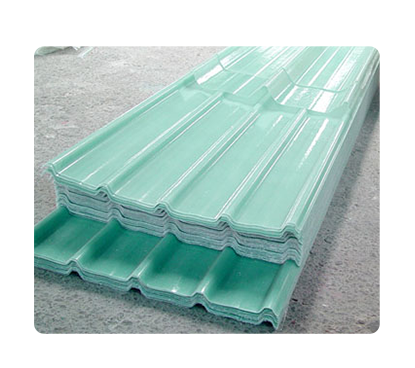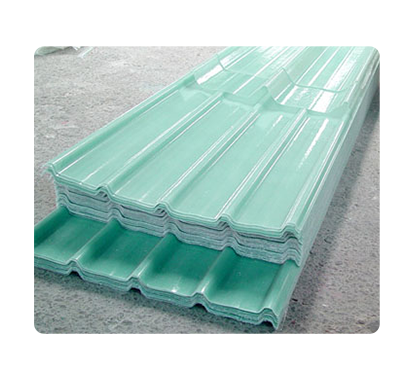The fiber glass factory project involves establishing a facility for manufacturing fiberglass products such as water tanks, prefabricated bathrooms, road barriers, electrical boxes, concrete molds, security caravans, lighting poles, security kiosks, sales outlets, and fiberglass cabins for vehicles. The project targets several sectors, including construction, building and contracting, private sectors, transportation, and electricity, aiming to capitalize on the growing demand for these products. The feasibility study highlights that the fiber glass factory project is a lucrative investment opportunity with high financial returns and significant economic benefits.

mashroo3k Company for Feasibility Studies and Business Plans is responsible for preparing the feasibility study of the fiberglass factory for the production and manufacture of fiberglass products, and after the company analyzed and studied the size of the market, it turns out that it is in great need of the project’s products, which are represented in the production and manufacture of (water tanks – Prefabricated bathrooms – Road barriers – Electricity boxes – Concrete molds – Guard caravans – Light poles – Guard booths – Outlets – Fiberglass cabins for vehicles), due to the advantages of fiberglass products that make them the most widespread and used.u003cbru003eThe products of the fiberglass factory are characterized by light weight, easy to form according to the shape of the mold and according to the consumer’s request, and it withstands high temperatures, which makes it one of the most important materials used in various industries, in addition to not being affected by chemicals such as acids and bases, and the factory provides its products with the latest technological methods and the highest quality at competitive prices The factory seeks to replace imports of fiberglass products, and also seeks to control the largest possible percentage of the marketing gap between supply and demand, and seeks to benefit from the growth of demand for the project’s products in the targeted sectors represented in; (contracting sector – construction sector – private sector – transportation sector – electricity sector).




The Kingdom of Saudi Arabia has paved the way for development with its ambitious Vision 2030, which aims at economic diversification, the renaissance of non-oil sectors and increasing the contribution of the private sector to GDP, and this can only be achieved through the renaissance of industry and mining as two main tributaries in major economies, and the Kingdom is determined to increase their participation in its GDP by about 15%. When talking about industry in the Kingdom, it should be noted that it was not born out of the moment, but rather it has been extended and rooted since the discovery of oil in the Kingdom in the late thirties of the last century. Over the decades, the Kingdom spared no effort to develop its industry; it established the Industrial Development Fund (1974), the Royal Commission for Jubail and Yanbu (1975), and SABIC in 1976. The roles and tasks undertaken by these institutions and the programs they worked on to grow the industrial sector and develop its performance and working mechanisms are no secret to anyone. As a result of the efforts exerted years ago in this direction, the number of factories in the Kingdom today has increased to more than 10,000 factories. We, Mashroo3k , believe in the importance of the industrial sector and its role in driving the economy, so we will present its most important indicators below so that anyone wishing to invest in it can be aware of them:
